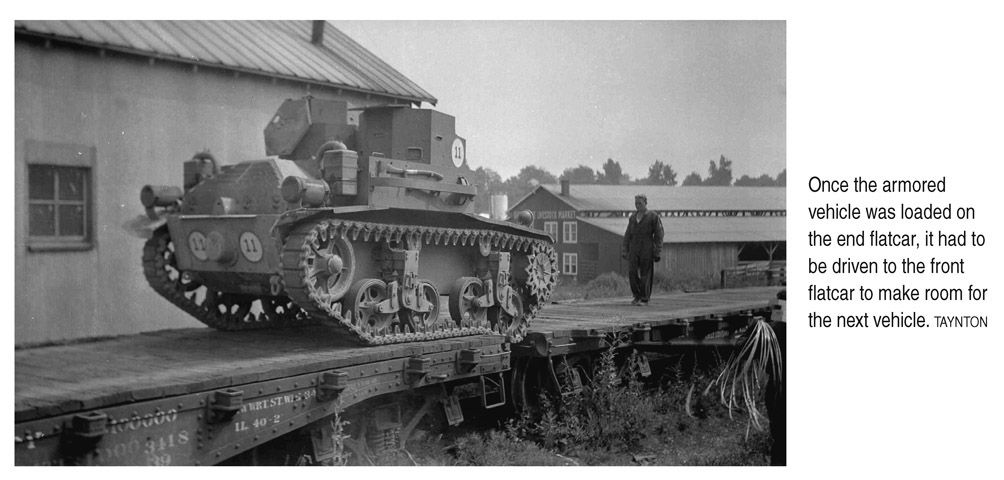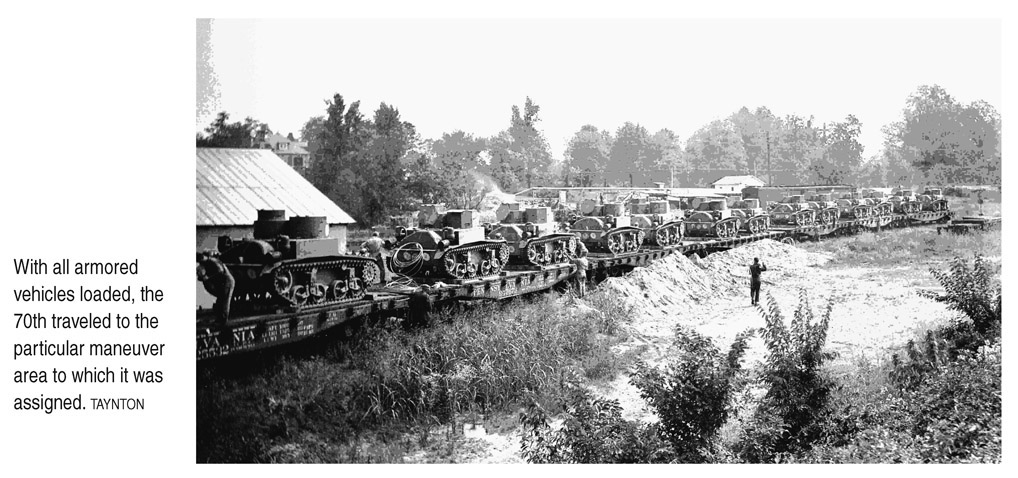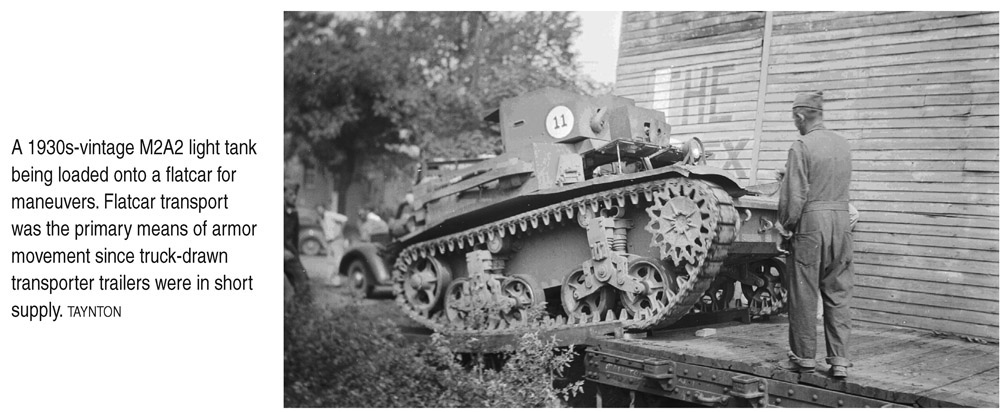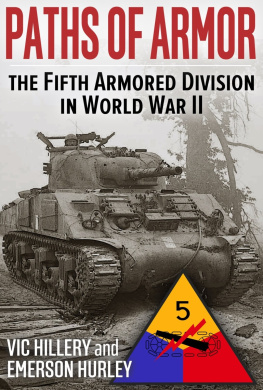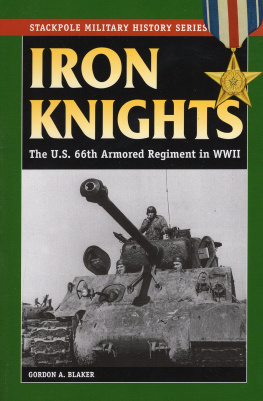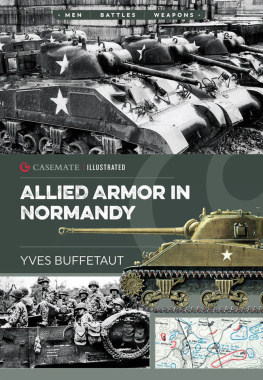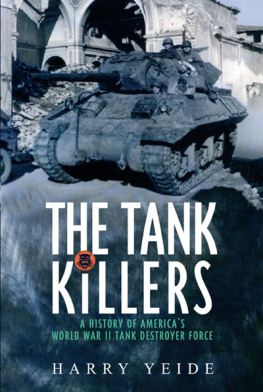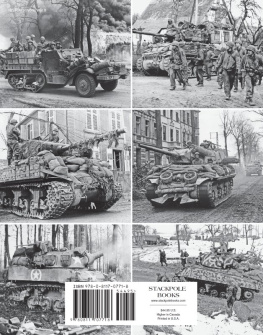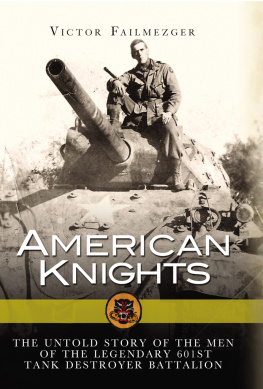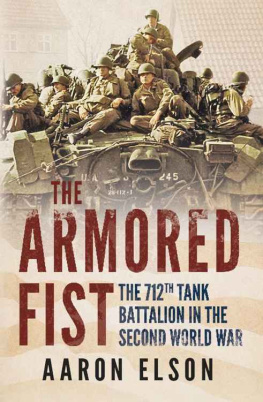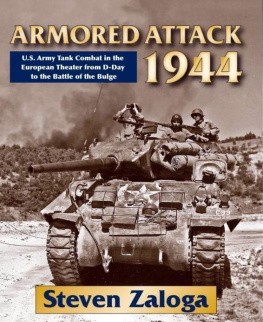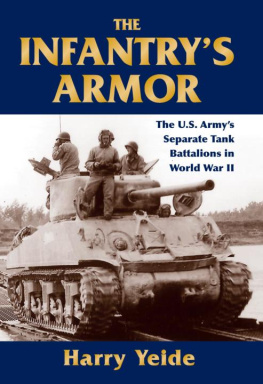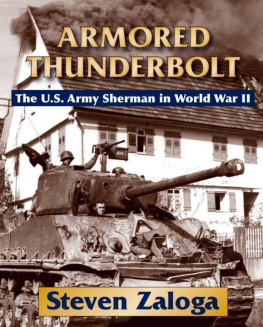Acknowledgments
I AM GRATEFUL to the following families and individuals who contributed photographs of the 70th Tank Battalion in World War II: Brodie, Ciaravella, Connors (Raimann), DeCarlo (Mundt), Dixon, Erickson (Poniatowski), Fritz, Gouget, Hallett, Isaacs, Kleinhuizen, Knoebel, Mary Lee Konty, McAtee, McKitrick (Larson), Malatesta, Ross, Stubbings, Taynton, Tomasheski, and Turner.
I am also grateful to the following individuals who were consulted and contributed to the writing of this work: Niels Henkemans (historian, specialist U.S. and German armor, Normandy, World War II), Sean Claxton (historian, Normandy, World War II), Richard Drew (Atlantic Wall historian, World War II), Robert Allen Dail Jr. (North Africa and Sicily historian, World War II), Jeff Wszolek (armor historian, World War II), and Mike Krizsanitz (historian, World War II).
CHAPTER 1
The Beginning: Stateside
FORT MEADE
Beginning in the 1930s, U.S. military doctrine held that independent tank battalions were to be attached to infantry divisions to support troops by bringing mobile machine guns and light cannons to bear on enemy infantry targets. In June 1940 the 70th Independent Tank Battalion was formed at Fort George G. Meade, Maryland, under the command of Lt. Col. Stephen G. Henry. Shortly after, Henry was transferred to the Armored Force Headquarters at Fort Knox, Kentucky, to fulfill the need for officers familiar with armored unit operations; he was replaced by Maj. Thomas N. Stark, a former infantry officer. Because of materiel shortages plaguing the U.S. Army at the time, the unit was equipped with obsolete M2A2 light tanks when it began training in the summer of 1940. Later that summer, regular army officers were transferred to the 70th from other units, forming the core of the initial command structure. President Roosevelt reviewed the officers of the 70th at Fort Meade in September 1940.
The first draftees arrived in November 1940 and started basic training. In January 1941 Company A traveled to the Fort Indiantown Gap Military Reservation in Pennsylvania for qualification in various aspects of tank warfare. The company used up their annual ammunition allowance during this training, to the displeasure of the War Department, which was sensitive to the ammunition shortage. In early 1941, officers and enlisted men of the 70th attended the armored school at Fort Knox, where they trained in rapidly changing tank warfare strategies influenced by the exploits of the German forces in Europe. Since the 70th was one of the few qualified armored units, the battalion was constantly giving demonstrations on armored tactics. Among the observers was Gen. George C. Marshall, chief of staff of the U.S. Army and close confidant of President Roosevelt. It was not unusual for personnel of the 70th to transfer and form the core of other new units, including the 1st Tank Group at Fort Knox. The 70th was often involved in testing new military equipment being developed by the armor board.


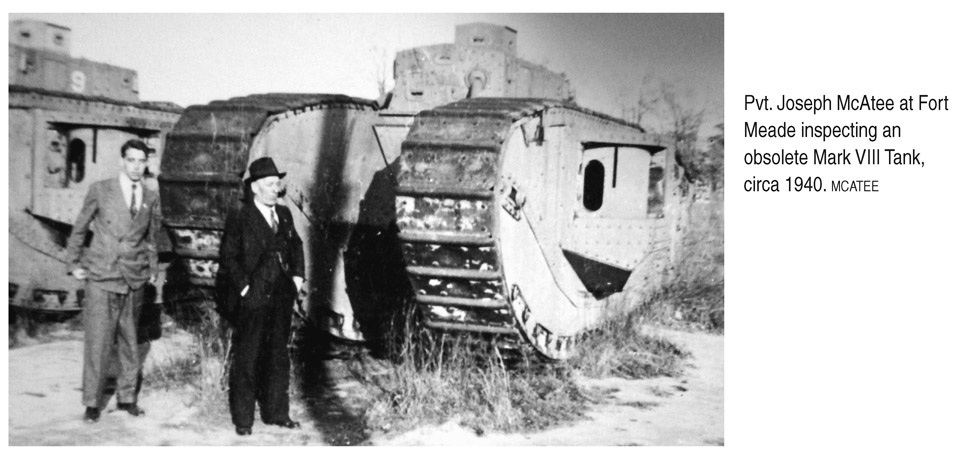
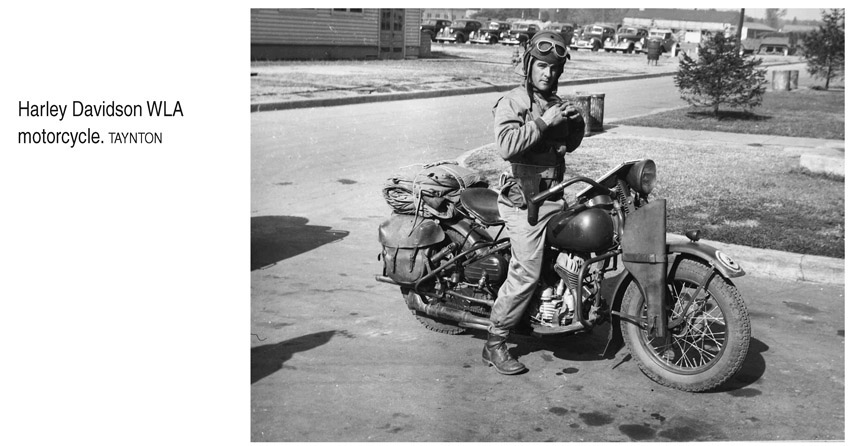
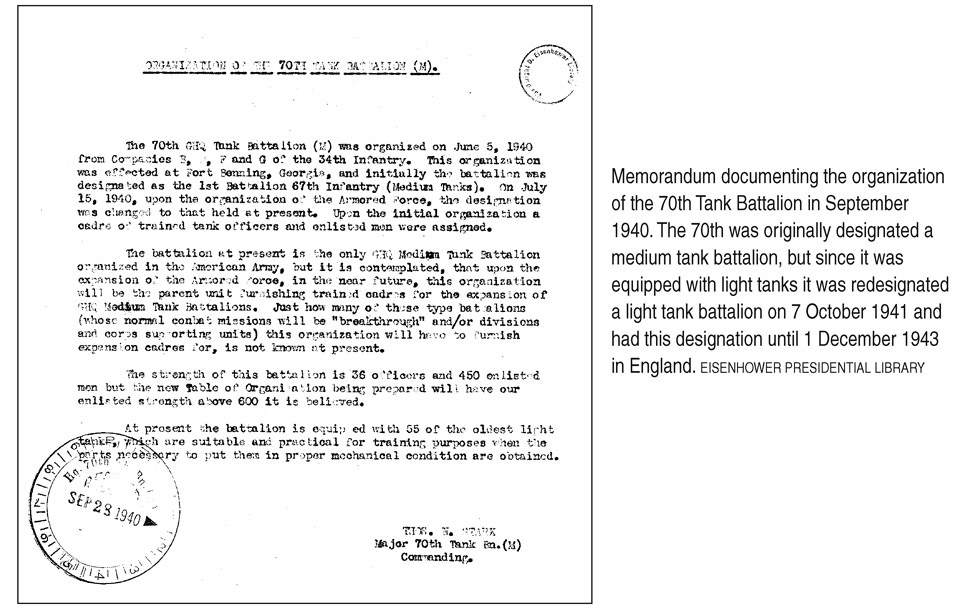
It was customary to adopt distinctive insignia for new units in the U.S. Army. Various proposed insignia were developed and submitted to the U.S. Army for approval.
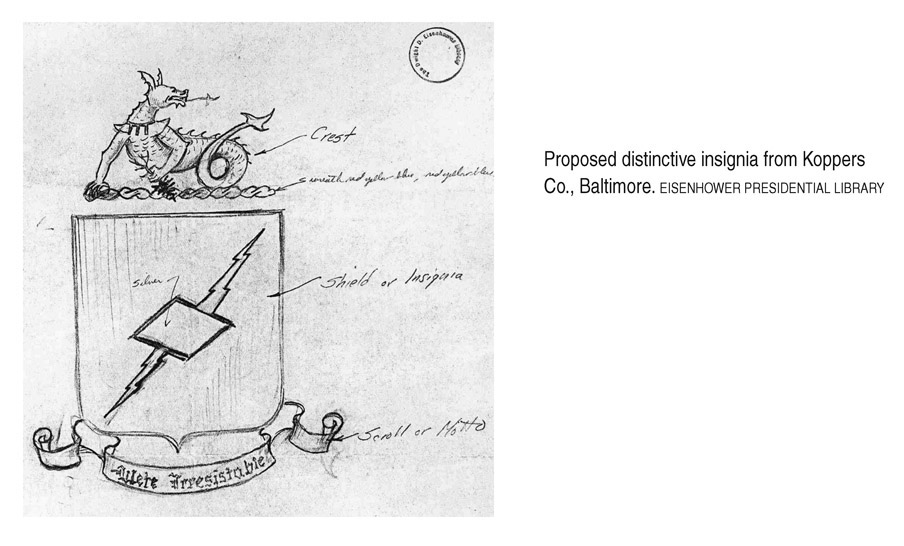
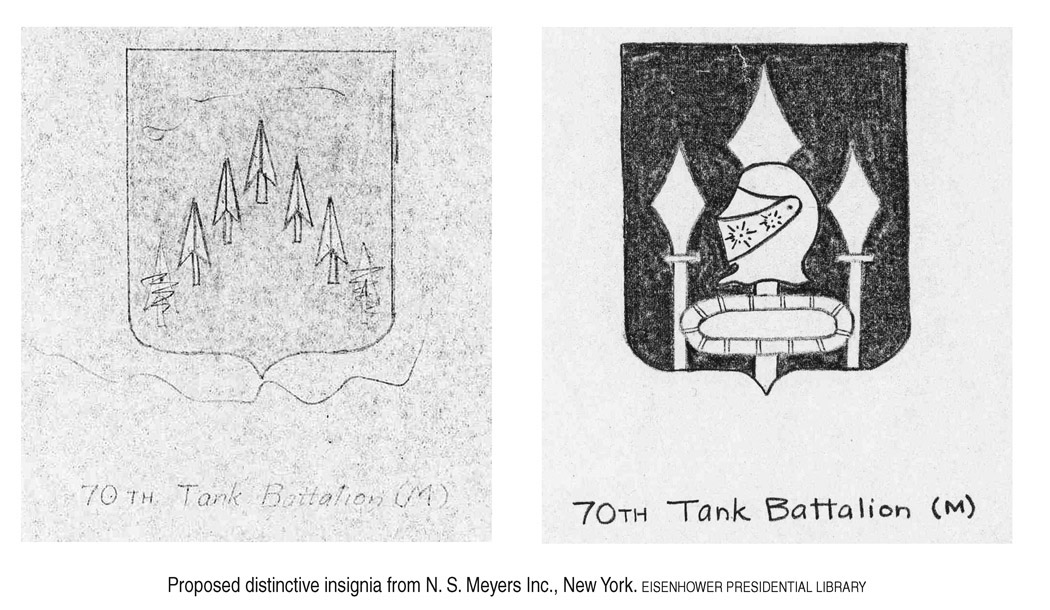
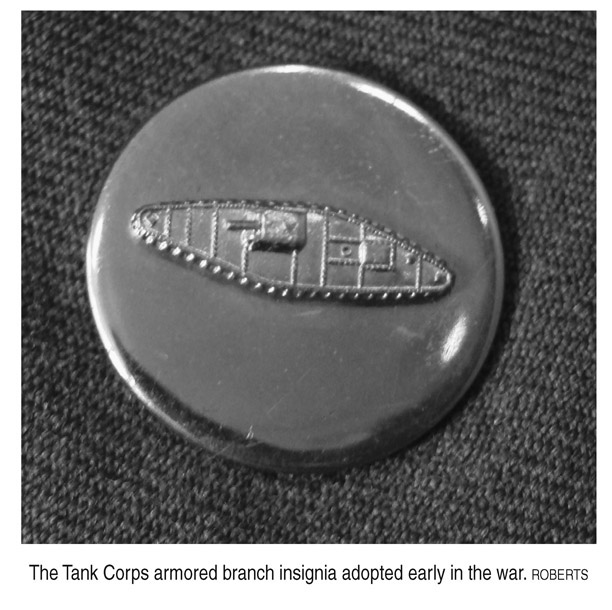
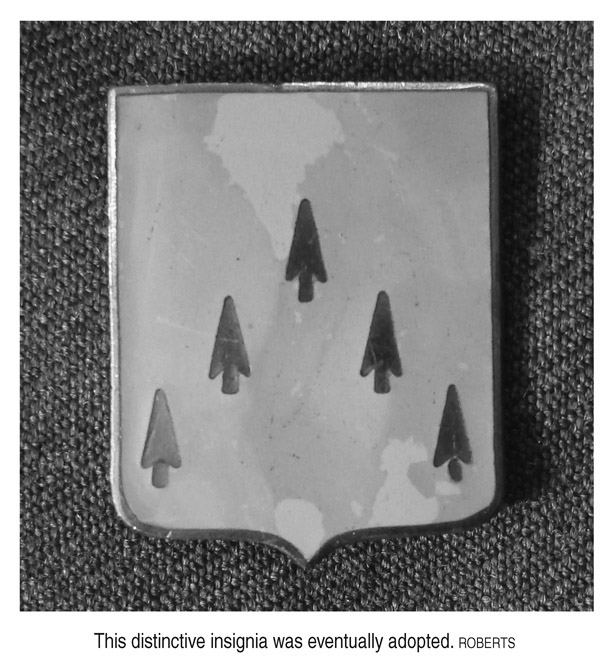
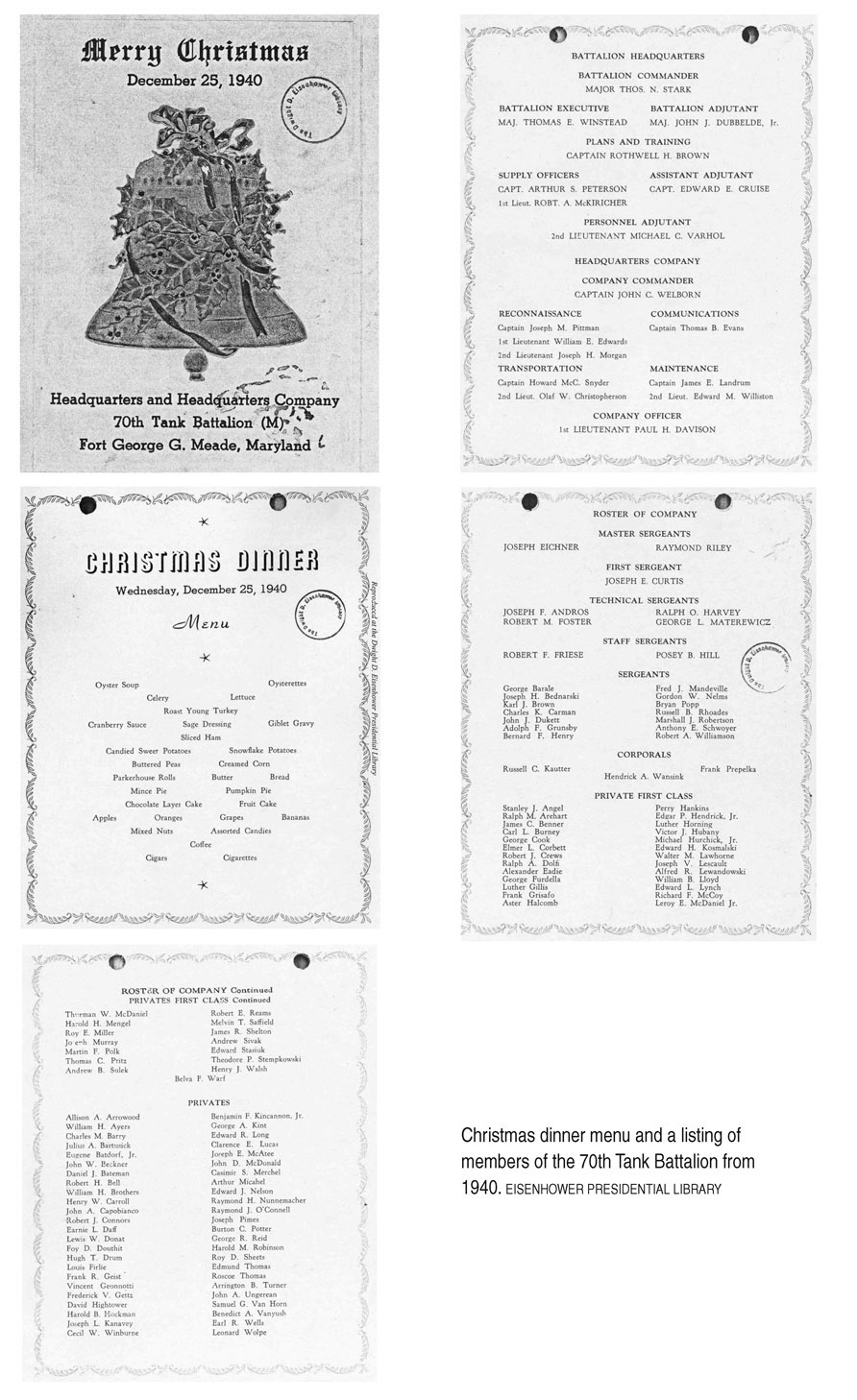
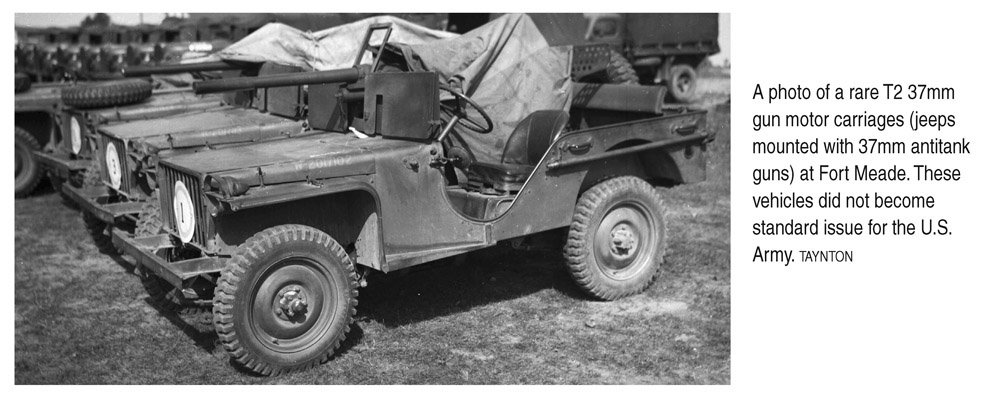
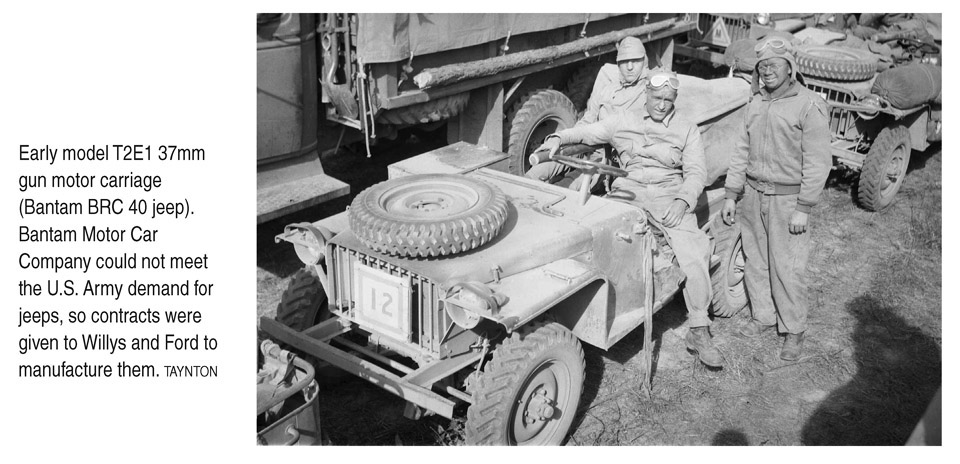

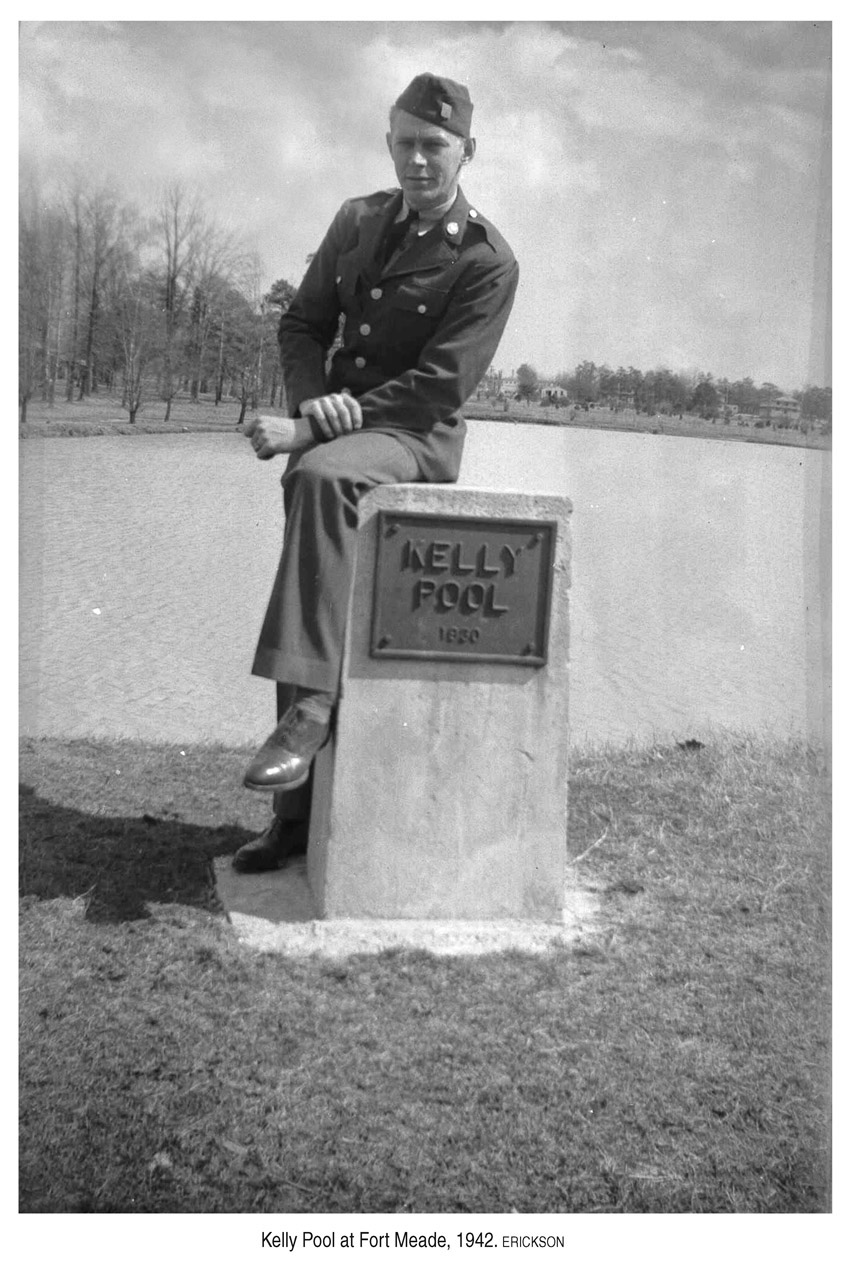
Company A proceeded to Fort Devens, Massachusetts, where it was attached to the 1st U.S. Infantry Division. It took part in extensive training exercises in the Carolina Maneuver Area (Fort A. P. Hill in Carolina County, Virginia) until 2 December 1941, when the company returned to Fort Devens. In October 1941 the 70th was redesignated a light tank battalion. On 8 December 1941, just after the Japanese attacked Pearl Harbor, the newly promoted Colonel Stark, in a speech to the 70th, stated that the United States was at war. (It should be noted that the ranks of personnel in the 70th were elevated frequently due to wartime promotions.) The 70th was one of the few trained armored units and, upon the orders of the deputy chief of staff, Gen. Mark W. Clark, was given priority to receive ammunition, 37mm guns, and machine guns. At this time the 192nd and 194th Independent Tank Battalions were sent to defend the Philippines. If the 70th had been one of the battalions sent, its history would have stopped shortly afterward, since the 192nd and 194th were captured by the Japanese.
